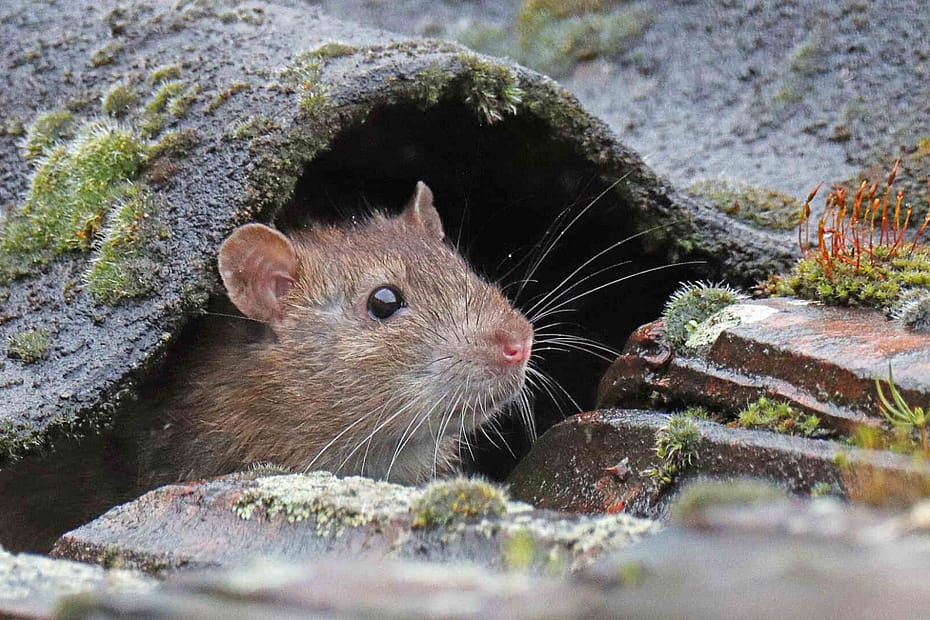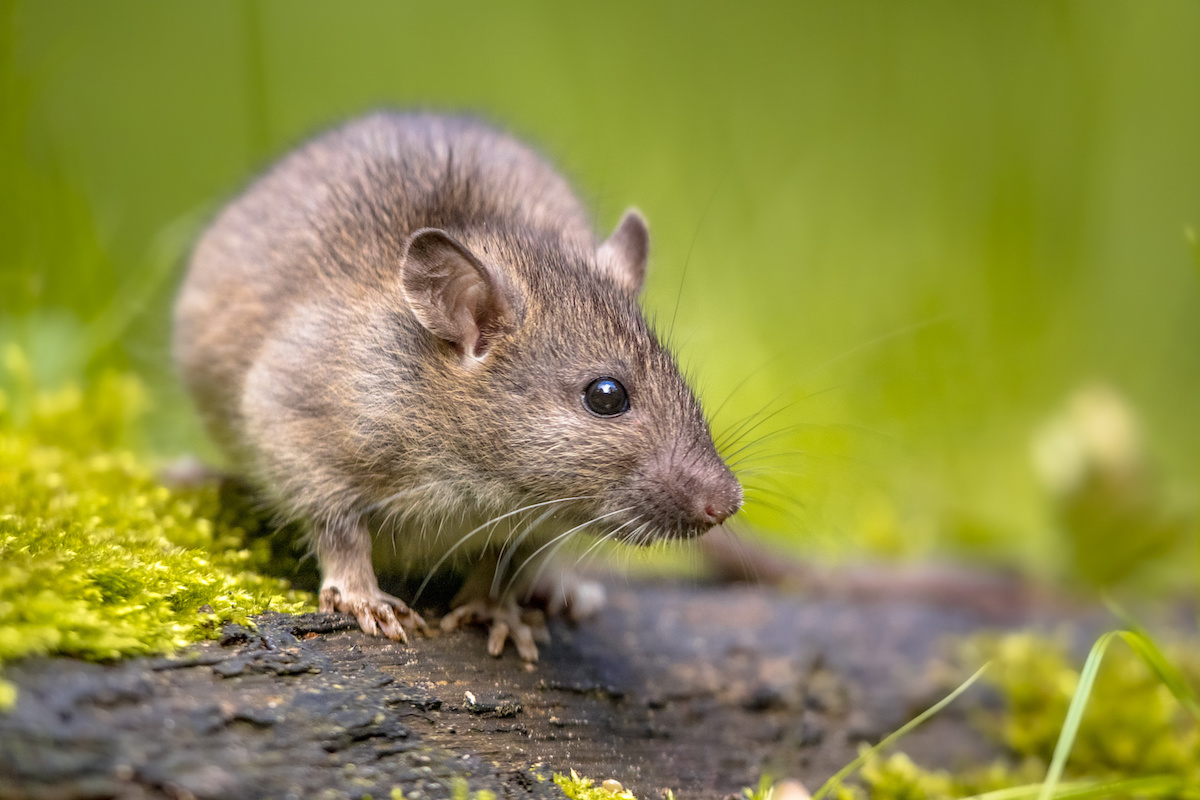What is a Roof Rat in Arizona and Why Should You Care?
Share
When it comes to rodent infestations, one species stands out in Arizona - the roof rat. But what exactly is a roof rat in Arizona? Understanding this pest is crucial for homeowners, as they can pose various health risks and structural damage to properties. In this article, we will explore the characteristics and behaviors of roof rats, how they thrive in Arizona's unique climate, and what actions you can take to keep your home safe.

Identifying Roof Rats
Roof rats, also known as black rats, are medium-sized rodents that prefer to live in neighborhoods rather than in rural areas. With their sleek bodies, large ears, and long tails, they can be easily distinguished from other rat species. Typically, an adult roof rat weighs between 5 to 10 ounces and is 12 to 18 inches long, including their tails. These rats are particularly agile and can commonly be found in attics, roofs, trees, and shrubbery.
Common Characteristics of Roof Rats
- Coloration: Their fur is typically grayish to black with a lighter underside.
- Tail: Roof rats have long, scaly tails that are longer than their bodies.
- Diet: They are omnivorous, but they prefer fruits, nuts, and seeds.

Why Are Roof Rats Problematic?
Roof rats in Arizona can harm both structures and health, making them a significant concern for homeowners. Firstly, they are notorious for their destructive habits, often chewing through electrical wiring and insulation, which can lead to fire hazards. Roof rats also invade food storage areas and can contaminate food supplies. Moreover, they are carriers of various pathogens and parasites, which can result in diseases like leptospirosis and salmonella.
Signs of Roof Rat Infestation
It is essential to recognize the signs indicating a roof rat infestation, allowing you to take action promptly. Some common signs include:
- Droppings: Small, dark, and pointed droppings found near food sources.
- Noises: Scratching or scampering sounds in the walls or ceilings at night.
- Grease Marks: Oily marks along walls or surfaces where they frequently travel.

Preventing Roof Rats in Arizona
Taking precautionary measures can significantly reduce the likelihood of roof rat infestations. Here are several strategies:
- Seal Entry Points: Inspect the exterior of your home and seal any holes larger than a quarter inch.
- Proper Food Storage: Store all food in airtight containers and avoid leaving pet food exposed.
- Remove Clutter: Keep your premises clean and eliminate landscape debris and overgrown vegetation.
Getting Rid of Roof Rats
If you confirm an infestation, it's crucial to act swiftly to eliminate the pests. Here are some methods:
- Traps: Use snap traps or glue boards specifically designed for rodents.
- Baits: Poison baits can be effective, but should be handled with care, especially if you have pets or children.
- Professional Extermination: If the problem escalates, consider hiring pest control experts for safe and thorough removal.

Resources for Further Information
For additional guidance on roof rats, you can refer to resources like the Arrow Exterminators. They provide extensive information about effective pest control methods.
Furthermore, check out the Elimination Methods when dealing with these rodents.
Frequently Asked Questions
1. What attracts roof rats to my home?
Roof rats are mainly attracted to food sources, so leaving food out or having easy access to pet food can invite them in. Additionally, cluttered areas provide them with hiding spots.
2. Are roof rats dangerous to humans?
Yes, roof rats can carry diseases that are transmissible to humans, making them a health hazard if they infest your home.
3. How can I tell if I have a roof rat infestation?
You may notice droppings, strange noises, or grease marks along walls as signs of a roof rat infestation.
As an Amazon Associate, I earn from qualifying purchases.
